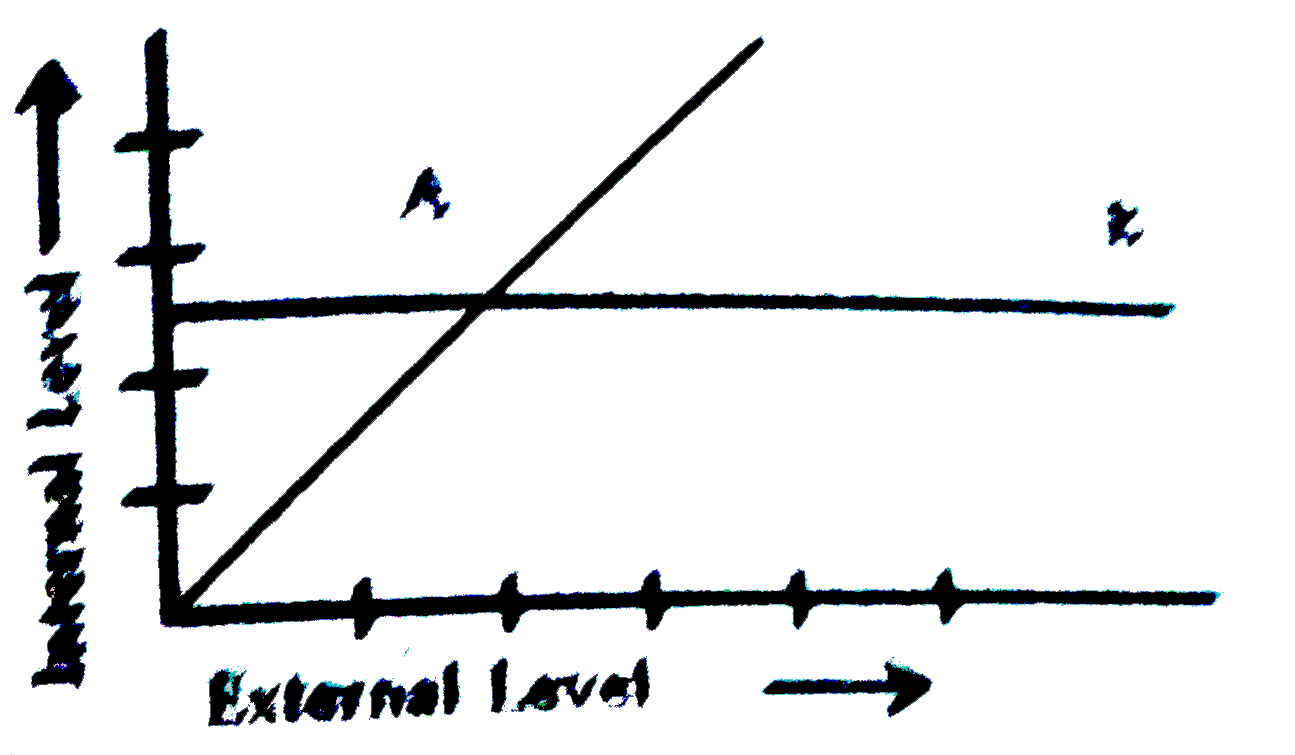List any two adaptive features evolved in parasites enabling them to live successfully on their hosts .
Step-by-Step Solution:
1. Identify the Question: The question asks for two adaptive features that parasites have evolved to successfully live on their hosts.
2. Understanding Parasites: Parasites are organisms that live on or in a host organism and benefit at the host's expense. They have developed specific adaptations that allow them to thrive in their host environment.
3. Adaptive Feature 1: Presence of Suckers or Adhesive Organs
- Many parasites, such as tapeworms and flukes, have evolved specialized structures like suckers or hooks. These structures allow them to attach firmly to the host's tissues, preventing them from being dislodged. This attachment is crucial for their survival as it enables them to feed on the host's nutrients.
4. Adaptive Feature 2: Loss of Digestive System
- Many parasites have lost their digestive systems because they obtain nutrients directly from their host. For example, tapeworms absorb nutrients through their skin from the host's digested food. This adaptation reduces the energy expenditure required for digestion and allows them to maximize nutrient absorption.
5. Conclusion: In summary, two adaptive features that enable parasites to live successfully on their hosts are:
- The presence of suckers or adhesive organs for attachment.
- The loss of a digestive system to absorb nutrients directly from the host.
---
- Many parasites, such as tapeworms and flukes, have evolved specialized structures like suckers or hooks. These structures allow them to attach firmly to the host's tissues, preventing them from being dislodged. This attachment is crucial for their survival as it enables them to feed on the host's nutrients.
- Many parasites have lost their digestive systems because they obtain nutrients directly from their host. For example, tapeworms absorb nutrients through their skin from the host's digested food. This adaptation reduces the energy expenditure required for digestion and allows them to maximize nutrient absorption.
- The presence of suckers or adhesive organs for attachment.
- The loss of a digestive system to absorb nutrients directly from the host.
Topper's Solved these Questions
- XII BOARDSBOOK - XII BOARD PREVIOUS YEAR PAPER ENGLISHCHAPTER - XII BOARDSEXERCISE - Delhi Board : Set III section -B
2 Videos
- XII BOARDSBOOK - XII BOARD PREVIOUS YEAR PAPER ENGLISHCHAPTER - XII BOARDSEXERCISE - Delhi Board : Set III section -C
3 Videos
- XII BOARDSBOOK - XII BOARD PREVIOUS YEAR PAPER ENGLISHCHAPTER - XII BOARDSEXERCISE - Delhi Board : Set II section -D
2 Videos
- SAMPLE PAPER 2019BOOK - XII BOARD PREVIOUS YEAR PAPER ENGLISHCHAPTER - SAMPLE PAPER 2019EXERCISE - Section E Part B
3 Videos
Similar Questions
List any two activities of WHO.
View SolutionGive any two distinctive features of Dryopithecus.
View SolutionExplain co-evolution with reference to parasites and their hosts. Mention any four special adaptive features evolved in parasites for their parasitic· mode of life.
View SolutionList any two adverse effects of particulate matter on human health.
View Solution(a) The graph given below represents the organisms response to temperature as an environmental condition.
(i) Which one of the two lines represents conformers and why ?
(ii) What does the other line in the graph represent and why ?
(b) Mention the different adaptations the parasites have evolved with, to be able to successfully complete their life cycles in their hosts.

View SolutionGive any two features of Genetic Code.
View SolutionDescribe any two adaptations seen in desert plants.
View SolutionWater is very essential for life. Write any three features both for plants and animals which enable them to survive in water scarce environment.
View SolutionMention any two manmade features and two natural features in grid square 9080.
View SolutionList any two characters of Pea plants used by Mendel in his experiments other than height of the plants and the color of the seed.
View Solution
